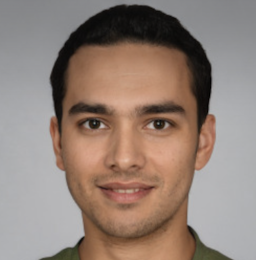El Cajon Shooting Sparks Protests
The fatal shooting of an unarmed man by a police officer in El Cajon has drawn national attention and local protests.
An El Cajon Police officer shot and killed Alfred Olango on Tuesday afternoon after officers responded to a 911 call about a man walking in traffic and acting erratically.
According to El Cajon Police Chief Jeff Davis, when police officers arrived and confronted Olango, 38, he refused to show his hands and then quickly drew an object from his pants using both hands.
One police officer fired a taser while the second officer fired his firearm. Olango fell to the ground.
After the shooting, police realized the object Olango was holding was a vape smoking device.
By Tuesday night, protesters began calling for an investigation into what turned out to be another police shooting of an unarmed man. Some protesters held Black Lives Matter signs, in reference to Olango, a native of Uganda, having become the latest African-American killed by police.
Protesters and Olango’s family have called on the police to release police body camera and dash-camera footage of the shooting, but so far, the El Cajon Police Department has refused saying the footage is considered evidence in an on-going investigation.
But on Wednesday, the El Cajon Police Department did release a still picture showing Olango and police officers moments before the shooting. In the picture, Olango appears to be holding an object with both hands in what El Cajon Chief of Police Jeff Davis said was “like you would be holding a firearm”.
Protesters have complained that the police refuse to release video footage but did release a picture that seems to support the police officers’ contention that Olange posed a perceived threat to officers.
Police Chief Davis said his department’s homicide unit will investigate the shooting, and the district attorney’s office will review the investigation.
“I trust my investigators. I trust the system. I trust the protocol, the district attorney’s office and the FBI,” Chief Davis said.
Others are demanding a federal investigation to ensure transparency and accountability. The Rev. Shane Harris, president of the San Diego chapter of the National Action Network, called for an independent review of the case.
“We do not trust local prosecutors to investigate local police,” Harris said.
The fatal shooting of Olango is the latest in a string of police officer involved deaths. According to the Washington Post, so far this year, police officers have killed 715 people in shooting incidents. Of those, 194 were African-American.
Details of Olango’s life leading up to the shooting have now come out. A native of Uganda, Olango’s family fled their country as refugees and settled in San Diego more than 20 years ago.
As a teen, Olango’s life turned for the worse when he was charged with several misdemeanor charges. He later dropped out of San Diego High School and then, in 1999, was convicted of receiving stolen property. He was sentenced to 336 days in jail but was given credit for time served while awaiting trial.
In 2001, Olange was sentenced for selling cocaine. After his release, Olango relocated to Denver but his troubles seemed to continue. He was arrested on New Year’s Eve 2005 for carrying a gun in his car. He served two years in prison for that charge and relocated to San Diego upon his release.


 Alberto Garcia
Alberto Garcia

